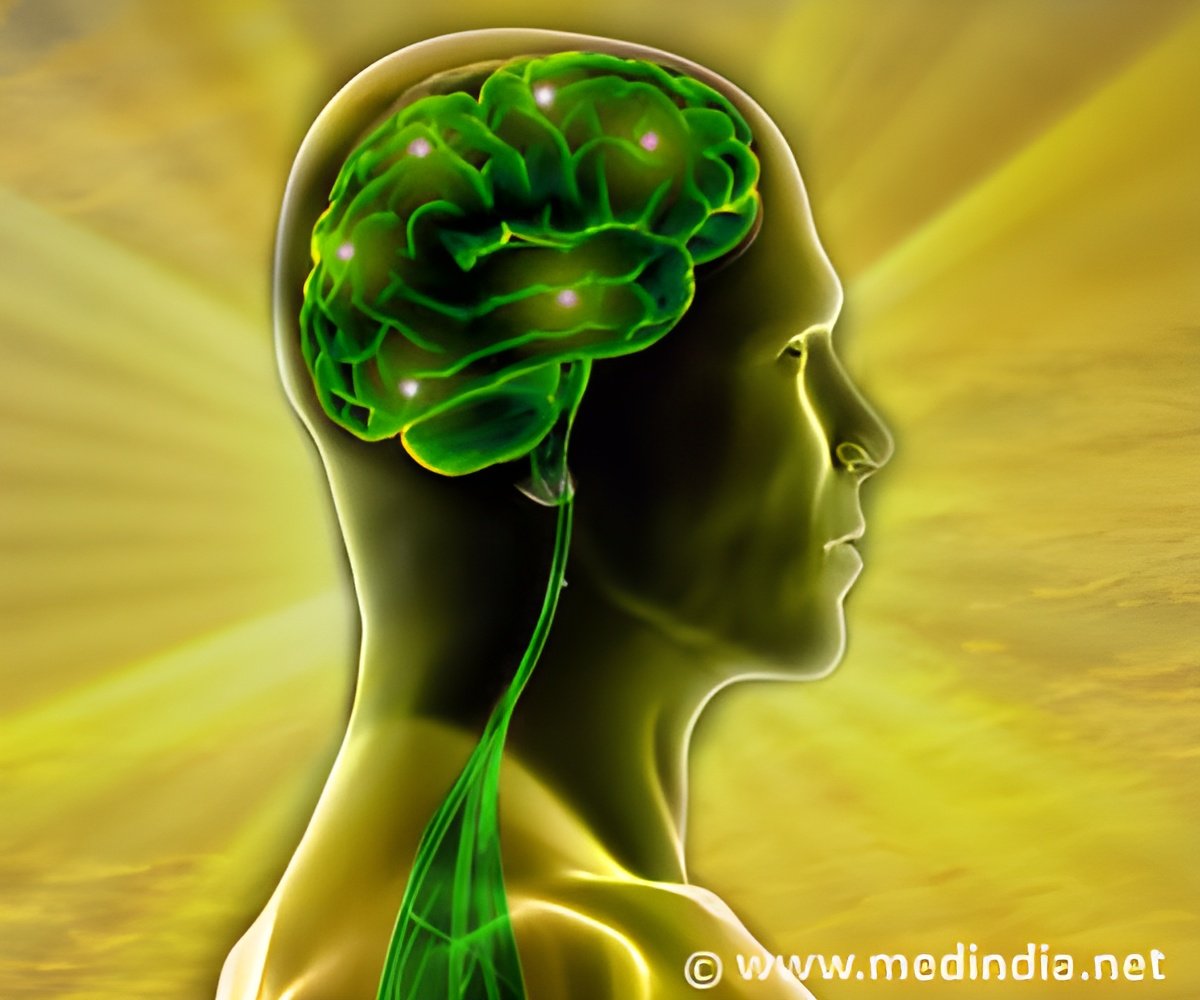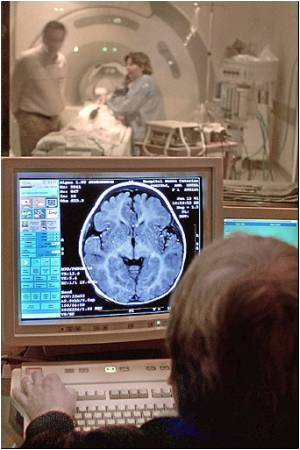Imagine a room or a landscape or a city street. Part of what differentiates that scene from a face or an object is the fact that it has boundaries.

‘The occipital place area (OPA), located near the top of the back of the head, plays a big role in determining boundaries during navigation.’





"When we navigate in the world, we need to be able to figure out where we are," said Julian, a psychology graduate student in Arts & Sciences and first author of a new Current Biology paper on these findings. "It turns out that the boundaries of the environment are a really important cue." "Based on anatomy alone, it's a region likely to be involved in perception," Julian said. "That made it a good candidate for involvement in boundary perception." The researchers decided to test their theory with 24 participants completing one of two TMS studies.
To begin, they took fMRI scans to determine the exact OPA location in each individual, then stimulated this region with TMS, disrupting normal processing for about 20 to 30 minutes. During this period, the participants learned the locations of four objects inside a virtual-reality 'room' shown on a desktop computer.
In the first experiment, two of the objects always appeared in the same position relative to the room's boundary; the other two always appeared in the same spot relative to another object acting as a landmark. After learning these locations, participants exited the room, and all objects but the landmark disappeared. Participants then returned to the room to navigate to where the missing objects previously stood.
They made more errors after OPA stimulation but only for the boundary-related pair, Julian explained. "Stimulation of this region impaired navigation relative to the bounding wall but not the landmark object."
Advertisement
The pair of results tells the scientists that the OPA plays a big role in determining boundaries during navigation.
Advertisement
To date only a handful of researchers have studied the OPA, focusing on its general role in processing scenes, not on its specific function in perceiving barriers. Two other brain regions, the parahippocampal place area and the retrosplenial complex, that respond similarly to scenes had the potential to play a role in boundary perception, but the scientists say their hypotheses came in part due to the dearth of OPA research.
"We know a lot about those other two regions. The OPA, although we've known it existed for a long time, we didn't know that much about its function," Epstein said. "If you're a vision nerd and you want to know what these regions do, this one has been a bit of blank spot."
Filling in that hole is exciting to the researchers. There could be potential for broader implications, for example, new information for diagnosing people with Alzheimer's, but for now the scientists enjoy the fact that they're making strides in their field.
"We found these unique systems inside the brain," Epstein said. "That means we've identified a piece of the mind, a fundamental element of cognition, which is our goal as psychologists."
Source-Eurekalert













